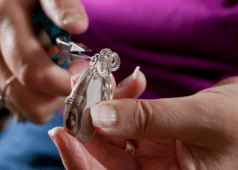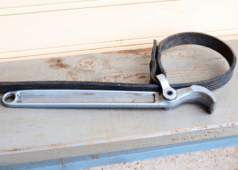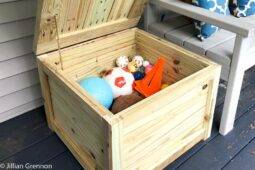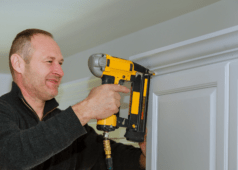How to Destroy a Hard Drive Safely & Effectively
Without proper care, personal information will remain anything but. When you’re disposing of old electronics, it’s important to take necessary precautions to prevent those who seek out your personal data from being able to get it and do with it what they want to.
For that reason, you need to know how to dispose of a hard drive in a safe way. Wiping the hard drive is not enough; anyone who knows how to get to the metadata will still be able to access the information that the drive possessed. Read on to find out more about why you should destroy your hard drive — and how to destroy a hard drive in a safe way.
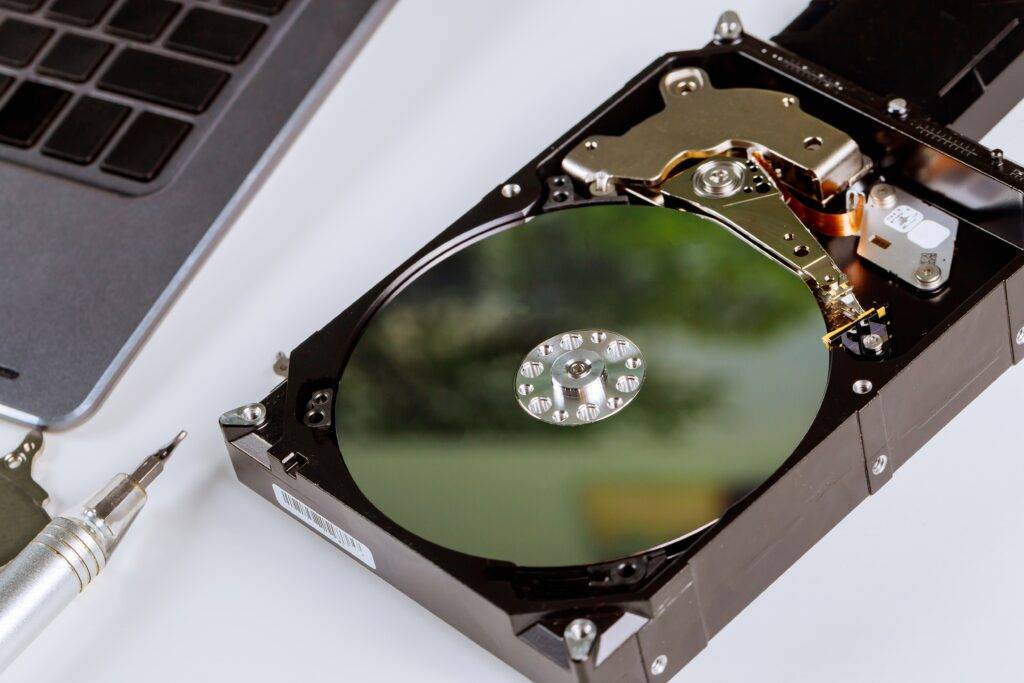
Why you should destroy your hard drive
One of the most common questions when it comes to old hard drives is “Why bother?”
Well, as it turns out, there are plenty of reasons why you should destroy your hard drive! Here are a few of the most important reasons why you should destroy your hard drive, once you’ve decided you have no further use for it.
Destroy old data
Even if you have taken the time to “wipe” a drive, the data still exists within the drive after deletion. Deleting the file removes it from the directory but the right software can still make it possible to recover that data.
By destroying your old drive, you can safely ensure that no prying eyes will have access to your private data or things like a social security number that could still be stored. Even degaussing and erasure won’t do the trick as it can leave behind enough data that you will be putting yourself at risk.
Only physical destruction of the drive will ensure that your data stays gone. If you have access to an industrial-strength shredder, even better (though it’s likely that the average person doesn’t have one of those lying around!).
The more small pieces you create, the more secure. Shredding is also irreparable and makes it impossible to recover the data. This is also a good reminder that before you proceed with physically destroying your hard drive, you want to be certain that there is no need for you to access anything within the drive in the future, as the data will be unrecoverable once you’re finished.
Save money and space
Many of the reasons why you should destroy your hard drive pertain to owning a business. In this scenario, keeping and storing all that old hardware can take up a lot of time, space, and money. Not to mention the fact that stockpiling all of that electronic equipment can be quite unsafe.
There is also the fact that hardware stored in equipment facilities is still at risk. If there is a breach of some sort, the data held on those drives could be susceptible to electronic breach, skimming, or physical theft.
There is also the cost to consider. Holding onto those devices unnecessarily means having to pay for storage. By destroying those old hard drives, that space can be freed up for other potential uses, including activities that could generate revenue rather than go toward the cost of storage.
Avoid compliance fines
In a business setting, there is a responsibility to protect consumer data. By professionally destroying your old drives, you can ensure that your business remains compliant with information protection agencies like FACTA and HIPAA.
Sensitive information has to be handled within certain parameters. That means not only handling the information carefully but disposing of it in a safe and proper fashion. Adhering to information security laws can be crucial for more reasons than you realize.
Going through a professional shredding service can not only provide reassurances about proper disposal but provide paperwork regarding proper disposal. As a matter of fact, most companies will provide some sort of certificate of destruction. Being able to prove that you are adhering to information security requirements can help avoid potential fines and penalties as a result.
Protect your business’ reputation
In a professional setting especially, hard drives can contain untold private information. Having even one of those drives compromised or fall into the wrong hands can prove catastrophic in many ways. In the case of a business, it can be enough to ruin its reputation.
There are some businesses that never recover from a serious data breach. Protecting data not only keeps information private but ensures that anyone entrusting their information to your business remains protected. Trust is crucial and can make or break a business.
Call a professional service
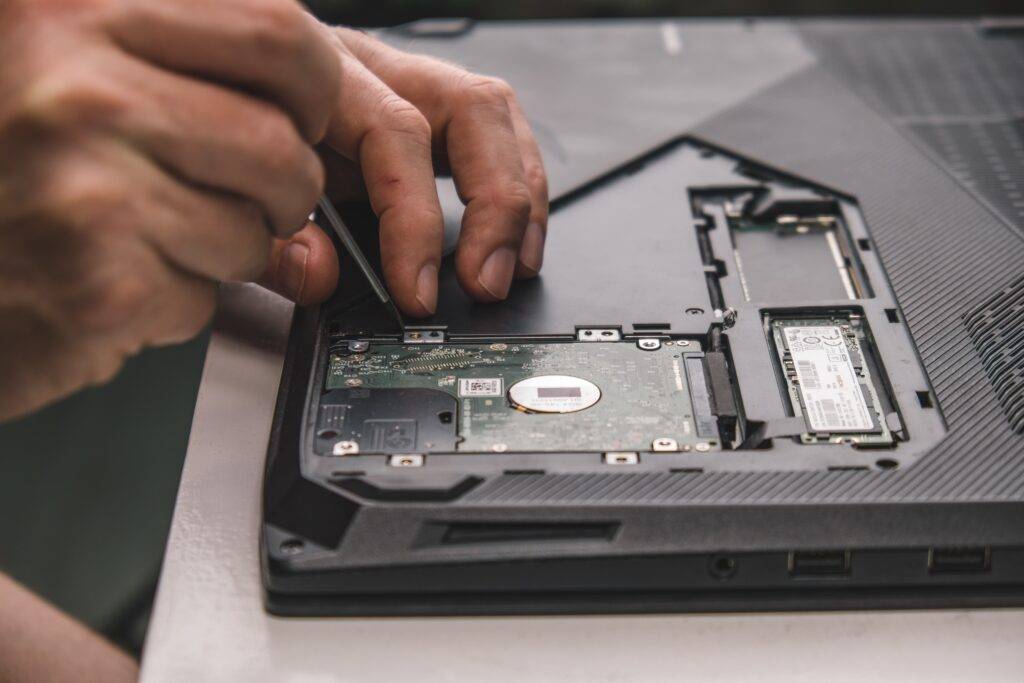
If you have hard drives in need of destruction and aren’t confident that you can handle the process on your own, don’t feel guilty about calling up a third-party service. Call in a professional disposal service and get the peace of mind of knowing that everything has been properly dealt with. There are a few major benefits to choosing a professional service rather than learning how to safely destroy a hard drive yourself.
It can save you money. Instead of having to purchase a shredder or take the time to destroy the drives yourself, you could save both and hire a pro. Industrial shredders do the job quickly and more efficiently without the need to take the drives off-site. It is far more cost-effective than having someone handle the process manually.
Provides a better sense of security. You can never be too safe when it comes to handling sensitive information. If you want to ensure that any sensitive data is destroyed permanently, then a professional disposal service is the only way to go. They handle information properly, ensuring that any confidential information will be dealt with safely and securely.
Compliance certification. For businesses especially, being able to document proper shredding can be crucial. By choosing a professional removal service, you can get certification showing that all sensitive information was properly dealt with. This is important for being able to prove proper removal to organizations like FACTA or HIPAA.
How to safely destroy a hard drive
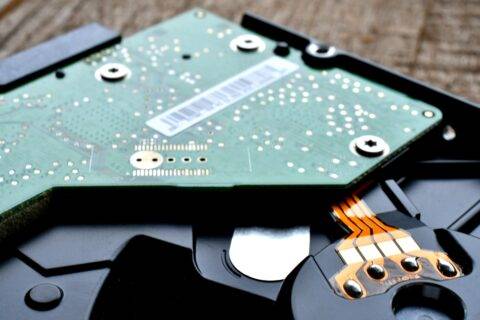
The process of destroying a hard drive is not as difficult as it may seem, but it is all too easy to do things the wrong way.
Don’t use a hammer, drill, or other ineffective manner. While you may do damage to the physical drive, you aren’t necessarily destroying the data within. If anything, the intact portions of the drive could possibly still allow for the retrieval of data. Follow these steps instead:
Step 1: Back up your data externally
Before you do anything, make sure that you back up any documents and data that you want to keep. The last thing you need to do is learn how to safely destroy a hard drive only to find out that you left valuable data on the drive.
You can either move it to a new computer, external hard drive or use a cloud storage service to house all of your data. Failing to do so will result in the permanent (and frustrating) loss of that data.
Step 2: Remove the hard drive
The first step towards learning how to dispose of a hard drive is removing it from your computer. The process will look different depending on if you are removing it from a desktop or laptop.
What you’re looking for is a slim, rectangular box. There should be a few simple screws holding it into place that can be removed quickly.
All of these things will depend on the age, type, and manufacturer of your computer. Just make sure that you have a precision screwdriver set with you and you should be able to account for screws of different sizes and shapes.
Step 3: Find the drive platters and circuit board
When you have located and removed the hard drive, you then need to remove the metal casing. This is the protective shell that keeps the internal components to external exposure. Inside, you will find both the circuit board and platters.
Destroying the circuit board is particularly important as the data can still be accessed if it is still intact. At this stage, you will likely find either Torx or flathead screws. Remove those screws and remove the case to see the internal pieces.
Step 4: Scratch the platters and remove the read/write arm
As stated in the previous steps, the metal casing of the hard drive protects all of the internal components. The platters will become exposed and can be recognized by their circular appearance, similar to that of a CD or DVD. These components tend to spin quickly as part of a center spindle.
On the platters is where all of the data is stored. The read/write arm then reads the data on the platters. Use your precision screwdriver set to remove the screws and lift out the read/write arm. You can then remove the platters from the spindle or simply use your screwdriver to scratch off the material that makes up the top layer of the platters.
If you don’t feel comfortable just scratching the platters, you can get creative. A rotary tool, sandpaper, and more, can all be used to destroy the surface of the platters. This will render them ineffective and make it impossible to retrieve the data.
Step 5: Break the circuit board
You can cover your bases pretty well by destroying the platters, but if you really want to learn how to safely destroy a hard drive, you can’t forget about the circuit board.
The circuit board is what operates the hard drive. Typically, it has a ROM, NV-RAM, or some sort of chip that will control access to that drive. Should the board become damaged or be removed entirely, then the hard drive can’t be accessed, no matter what state the platters are in.
When going through this process, remove the circuit board, too. Use your screwdriver to loosen the screws and lift the board out. From there, it is simple: just break it in half.
Make sure you have protective gear on because breaking the board can result in small shards becoming airborn. Gloves and goggles are the safest bet at this stage.
Step 6: Recycle the components
Learning how to safely destroy a hard drive is a good thing to know. Even better, you can learn how to dispose of a hard drive safely and responsibly. When you are done destroying everything, you should recycle the components.
If you are unsure of where to go, the EPA website will list various programs and companies that will recycle broken, used, and old electronics. There may even be programs through your local government that help reduce waste. Consider that electronic waste can take hundreds of years to fully decompose. Even though it is a hassle to deal with, you will be doing the environment a service by properly disposing of all those pieces and components.
Frequently Asked Questions
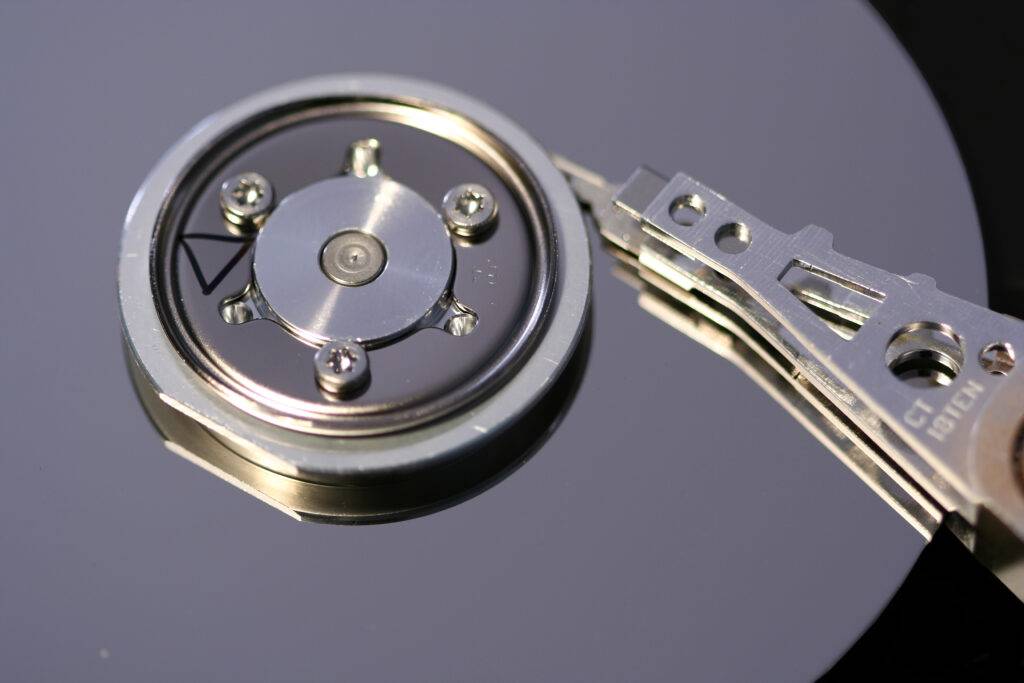
Will a hammer and drill work to destroy a hard drive?
While it is possible to use simple household tools like a hammer and drill to physically destroy your old hard drive, it is anything but foolproof. While there will be physical damage done to the drive, it doesn’t guarantee that each component is destroyed. If you choose this route, be thorough and ensure that the platters and circuit boards have been dealt with.
If a business has information lost from improperly destroyed disks, is there a fine?
For businesses, properly destroying data is paramount. Failing to do so can violate particular laws like FACTA and HIPAA, both of which apply to the protection of confidential information. Any sensitive information has to be properly dealt with in order to comply to laws regarding information security. Failure to do so can result in serious fines.
Can a magnet destroy the data on a hard drive?
For a long time, a strong enough magnet would have been plenty. That said, technology has advanced, and hard drives are stronger and more durable than ever. They have also become more resistant to magnets, which makes them ineffective at best. While magnets could potentially do the job, there is no way to know for certain, especially on newer drives.
.

